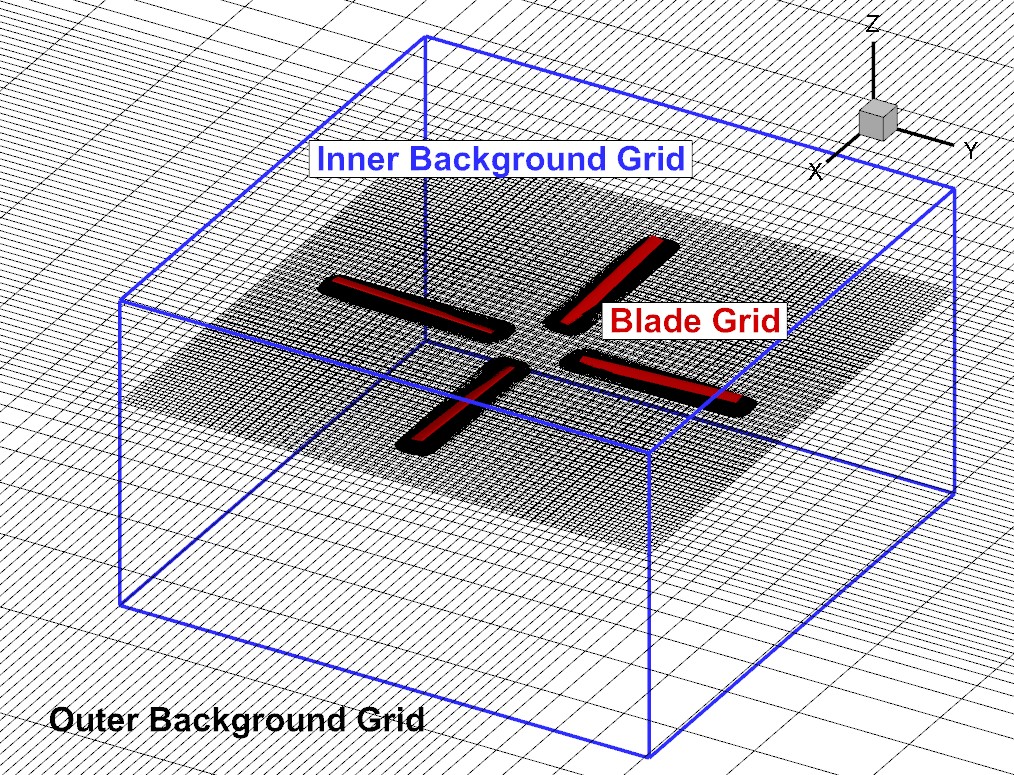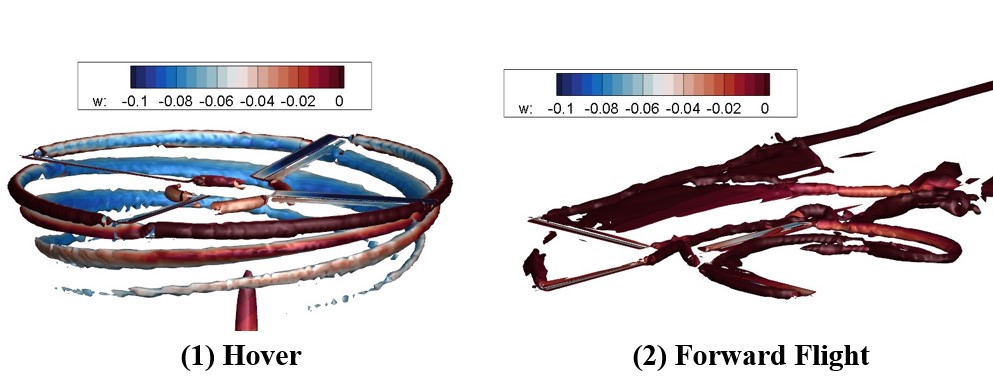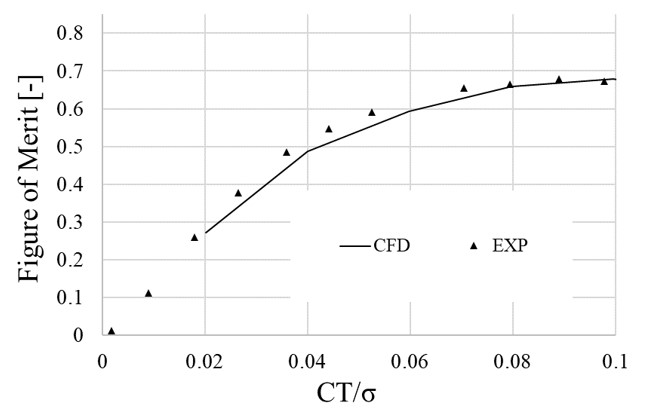Research on rotor blade optimization between JAXA-ONERA-DLR : Validation of CFD solvers
JAXA Supercomputer System Annual Report February 2021-January 2022
Report Number: R21ECMP11
Subject Category: Competitive Funding
- Responsible Representative: Yoshikazu Makino, Aeronautical Technology Directorate, Aviation Systems Research Unit
- Contact Information: Keita Kimura(kimura.keita@jaxa.jp)
- Members: Keita Kimura, Masahiko Sugiura, Hideaki Sugawara, Kuniyuki Takekawa, Yasutada Tanabe
Abstract
The three organizations, JAXA, DLR, and ONERA, have been optimizing helicopter blades for various flight conditions to validate their analysis tools and optimization methods and to accumulate knowledge of rotor optimization processes. This year, in addition to CFD analysis of hovering conditions, optimization of blade shape under forward flight condition was conducted. In optimization, the performance of the obtained shape must be evaluated accurately, and performance evaluation by CFD is important for design that takes detailed fluid phenomena into account. This report presents some of the results of the CFD analysis.
Reference URL
N/A
Reasons and benefits of using JAXA Supercomputer System
In CFD-based optimization, a large number of cases with several design variables need to be performed in the CFD analysis, and the use of a supercomputer is essential; DLR/ONERA is conducting a similar HPC-based optimization, and comparison and study using results obtained using a supercomputer is appropriate.
Achievements of the Year
A common rotor blade optimization problem is set up by JAXA-DLR-ONERA, and CFD is used to optimize the shape and veridate the results of each other's CFD solvers.
Figure 1 depicts the computational grid used to evaluate the performance during optimization. The blade grid, which overlaps the background grids, moves as the simulation progresses to represent the rotation of the helicopter blades.
Figure 2 illustrates examples of the flow field around the rotor blades under hovering and forward flight conditions, which are the two conditions implemented in this study. The optimal blade chord length and twist angle distribution for each flow field condition are searched for by optimization, and as shown, CFD-based optimization can represent changes in performance due to local wind speed fluctuations caused by blade tip vortices, enabling design that more closely matches actual conditions.
Figure 3 shows the relationship between blade loading and figure of merit (hovering efficiency). The figure of merit is in good agreement with the experimental values, and JAXA's CFD is validated as a tool for performance evaluation during optimization.
Publications
- Oral Presentations
Gunther Wilke, Joelle Bailly, Keita Kimura, and Yasutada Tanabe, "JAXA-ONERA-DLR Cooperation: Results from Rotor Optimization in Hover", 47th European Rotorcraft Forum, September 8th, 2021, Virtual, UK
Usage of JSS
Computational Information
- Process Parallelization Methods: N/A
- Thread Parallelization Methods: OpenMP
- Number of Processes: 1
- Elapsed Time per Case: 200 Hour(s)
JSS3 Resources Used
Fraction of Usage in Total Resources*1(%): 1.49
Details
Please refer to System Configuration of JSS3 for the system configuration and major specifications of JSS3.
| System Name | CPU Resources Used(Core x Hours) | Fraction of Usage*2(%) |
|---|---|---|
| TOKI-SORA | 22117640.55 | 1.08 |
| TOKI-ST | 3737820.50 | 4.60 |
| TOKI-GP | 0.00 | 0.00 |
| TOKI-XM | 0.00 | 0.00 |
| TOKI-LM | 8435.02 | 0.63 |
| TOKI-TST | 324368.38 | 6.81 |
| TOKI-TGP | 0.00 | 0.00 |
| TOKI-TLM | 0.00 | 0.00 |
| File System Name | Storage Assigned(GiB) | Fraction of Usage*2(%) |
|---|---|---|
| /home | 1527.81 | 1.52 |
| /data and /data2 | 12287.23 | 0.13 |
| /ssd | 1518.94 | 0.39 |
| Archiver Name | Storage Used(TiB) | Fraction of Usage*2(%) |
|---|---|---|
| J-SPACE | 9.18 | 0.06 |
*1: Fraction of Usage in Total Resources: Weighted average of three resource types (Computing, File System, and Archiver).
*2: Fraction of Usage:Percentage of usage relative to each resource used in one year.
ISV Software Licenses Used
| ISV Software Licenses Used(Hours) | Fraction of Usage*2(%) | |
|---|---|---|
| ISV Software Licenses(Total) | 872.53 | 0.61 |
*2: Fraction of Usage:Percentage of usage relative to each resource used in one year.
JAXA Supercomputer System Annual Report February 2021-January 2022





